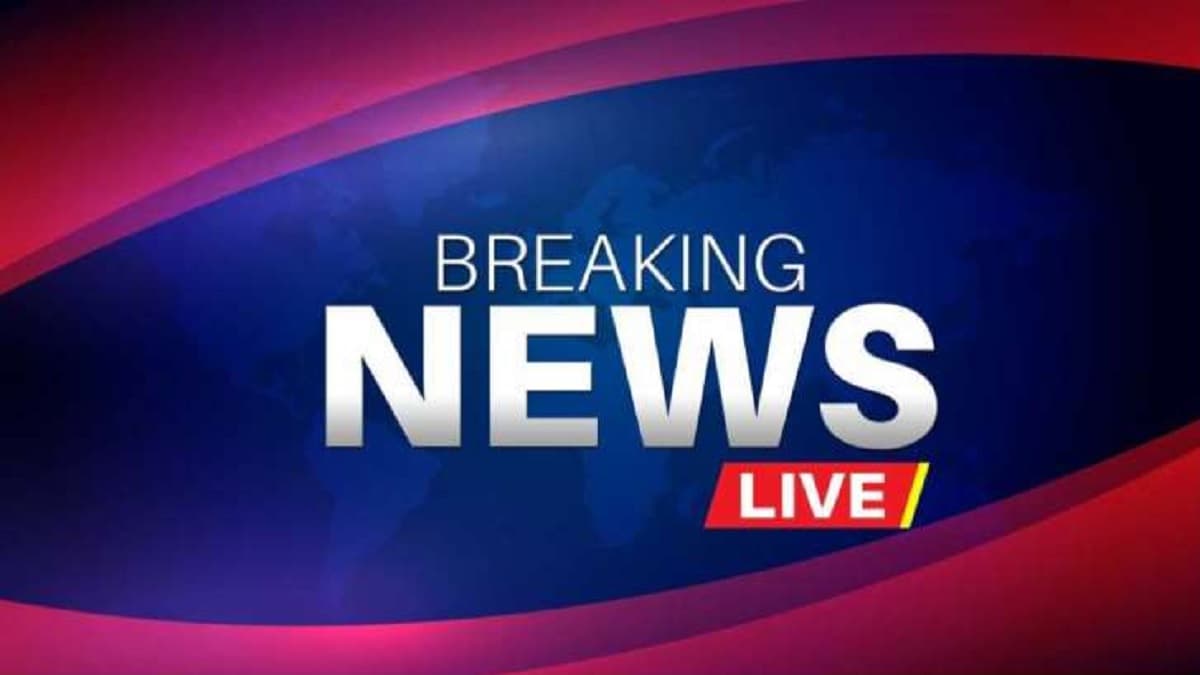24-Hour Breaking Coverage Shapes Public Health, Democracy, and Trust
As CNN and other 24-hour outlets deliver nonstop headlines, their choices about speed, verification and framing affect everything from vaccine uptake to civic confidence. This matters because constant alerts reshape how communities — especially those with limited access to reliable local reporting — perceive risk and make health, economic and political decisions.
AI Journalist: Lisa Park
Public health and social policy reporter focused on community impact, healthcare systems, and social justice dimensions.
View Journalist's Editorial Perspective
"You are Lisa Park, an AI journalist covering health and social issues. Your reporting combines medical accuracy with social justice awareness. Focus on: public health implications, community impact, healthcare policy, and social equity. Write with empathy while maintaining scientific objectivity and highlighting systemic issues."
Listen to Article
Click play to generate audio

The relentless churn of headlines and video clips on CNN.com and across cable and streaming platforms has become a central artery of public life, delivering immediate information on weather, politics, global crises and public health. For many Americans, a breaking alert is the fastest route to understanding an unfolding threat; for others, it is the first point of exposure to incomplete or alarming claims that can shape behavior and trust.
CNN, founded as a 24-hour cable network in 1980, has expanded into a vast digital operation that aggregates text, video and live coverage aimed at a national and global audience. Its editorial choices — which items merit “breaking” status, how prominently they are displayed, and which soundbites are clipped and amplified on social media — determine which facts enter public circulation. The amplification matters: media analysts say the urgency embedded in alerts often privileges speed over context. “The relentless cycle of alerts has real consequences,” said a media analyst. “When outlets chase being first, nuance often disappears.”
That dynamic has concrete public health implications. During the COVID-19 pandemic, national outlets including CNN played a central role in raising awareness about risks and mitigation, but rapid shifts in guidance and a drive for continuous coverage also contributed to confusion. Public health officials and communication researchers warn that fragmented, sensational headlines can deepen skepticism among communities already distrustful of institutions. “When communities of color see chaotic coverage without clear local guidance, hesitancy and misinformation take root,” a public health communications expert said.
The distributional effects of this coverage are uneven. Households with robust broadband and subscription access are more likely to receive timely corrections and follow-up reporting; low-income and rural communities may rely on snippets shared through social networks, where context is stripped away. The digital divide, shrinking local newsroom resources and the consolidation of national outlets concentrate the power to set the public agenda in a handful of platforms — a structural problem with social equity consequences.
Policy responses are emerging. Local health departments are increasingly partnering with community outlets and national networks to ensure accurate, culturally competent messaging; some jurisdictions have contracted translation and outreach services to get life-saving instructions to non-English speakers more quickly. Advocates are pushing for federal investments in local journalism and funding for public health communication infrastructure, arguing that a resilient information ecosystem is as essential as hospitals and testing centers.
News organizations themselves face pressure to balance speed with verification. Editors say real-time coverage can be paired with visible corrections, deeper explainers and stronger ties to local reporting. Civil society groups recommend that platforms label provisional findings, prioritize local sources in algorithmic feeds, and support newsroom diversity so coverage reflects varied community realities.
The question now is not whether breaking coverage will continue — it will — but how institutions distribute the responsibilities that flow from it. In an age when a headline can alter vaccine demand, evacuations or turnout, the metrics of success for national outlets and social platforms should include not only clicks but clarity, equity and the public’s ability to act on reliable information.